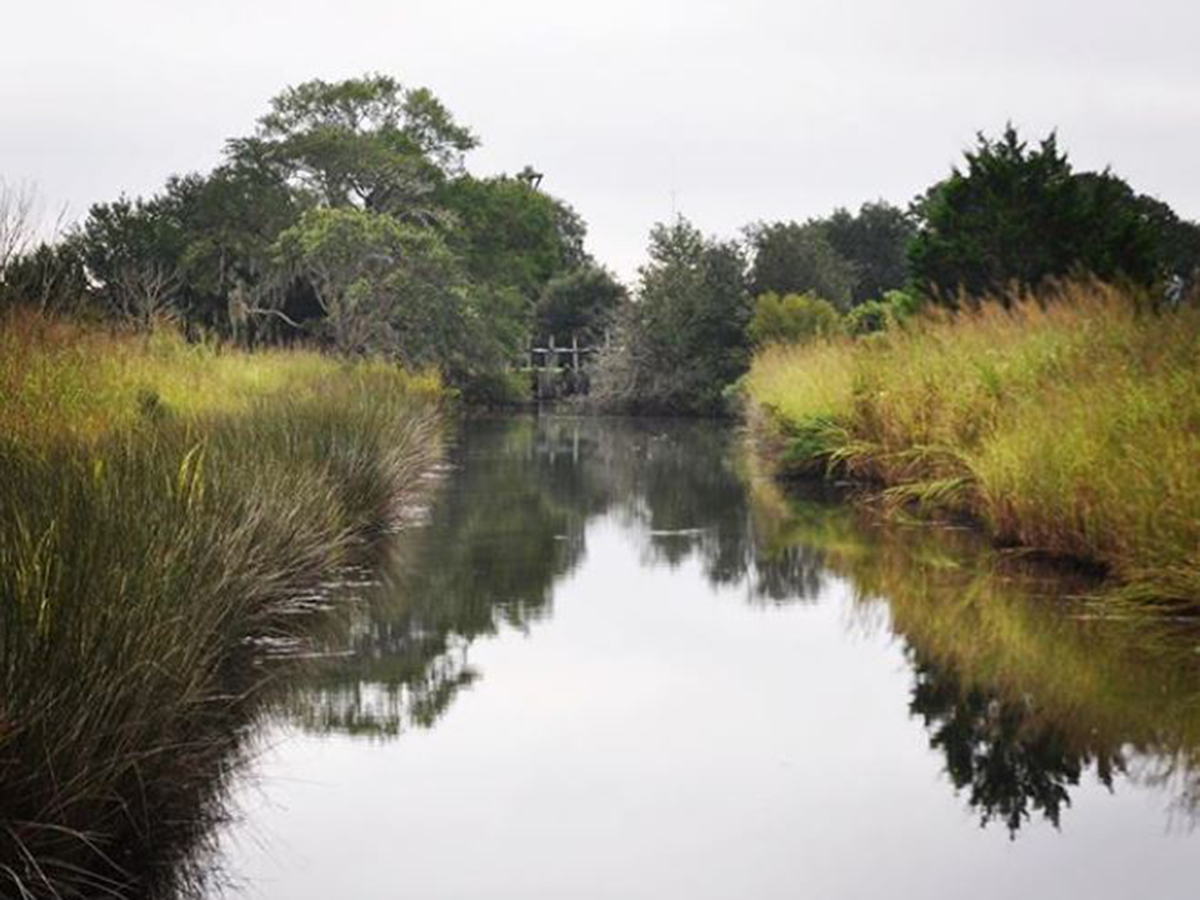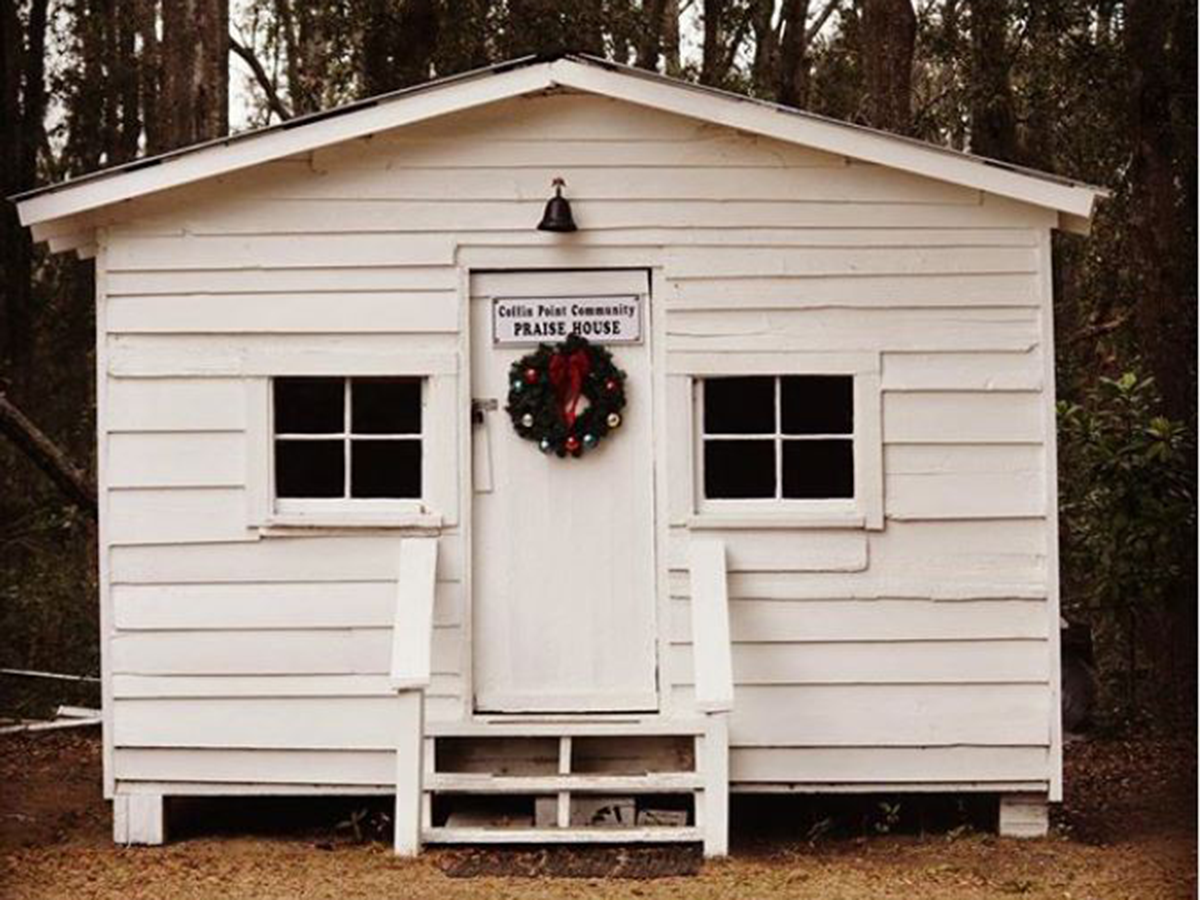Gullah Geechee Corridor and History
The Gullah-Geechee Heritage Corridor
The Gullah-Geechee Heritage Corridor is a 12,000 square mile National Heritage Area designated and established by Congress and managed by the National Park Service. The Corridor works to preserve the unique cultural traditions and history of the Gullah-Geechee people who were originally brought to America as captives from West Africa. The National Heritage Area includes numerous heritage sites and vibrant communities of the Gullah-Geechee people in the coastal areas and Sea Islands of North Carolina, South Carolina, Georgia, and Florida.
“The purpose of the Gullah Geechee Cultural Heritage Corridor NHA is to preserve, share and interpret the history, traditional cultural practices, heritage sites, and natural resources associated with Gullah Geechee people.”
Mosquito Beach is located at the very center of the Corridor and is a dynamic place that represents the resiliency, tenacity and entrepreneurship of this community. Please visit the Gullah Geechee Cultural Heritage Corridor Commission’s website to learn more and click here to find out places to visit and events within the Corridor.
National Park Service Map
Click the link below to view the National Park Service’s interactive map of the full Gullah-Geechee Heritage Corridor.
Caw Caw Interpretive Center, located on the Gullah Geechee Cultural Heritage Corridor. Photo courtesy of the Gullah Geechee Cultural Heritage Corridor Commission (GGCHC NHA).
Food from the South Carolina Gullah Grub Restaurant along the Gullah Geechee Cultural Heritage Corridor. Photo courtesy of the Gullah Geechee Cultural Heritage Corridor Commission (GGCHC NHA).
This material was produced with assistance from the African American Civil Rights grant program, administered by the National Park Service, Department of the Interior. Any opinions, findings, and conclusions or recommendations expressed in this material are those of the author(s) and do not necessarily reflect the views of the Department of the Interior.
This material was produced with assistance from the African American Civil Rights grant program, administered by the National Park Service, Department of the Interior. Any opinions, findings, and conclusions or recommendations expressed in this material are those of the author(s) and do not necessarily reflect the views of the Department of the Interior.




